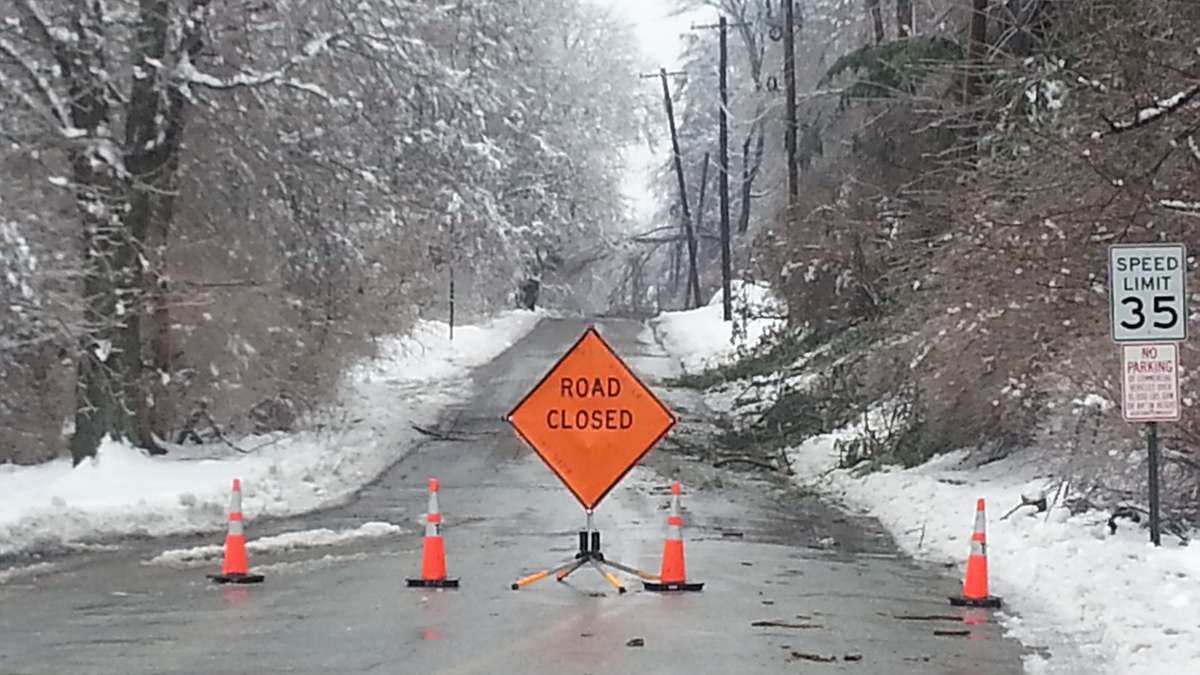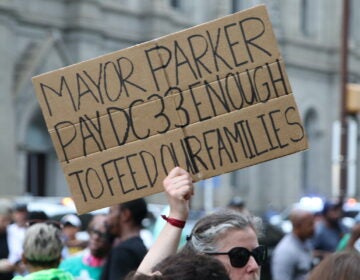Measures aimed at fighting blight making a difference in Philly
-

-

-

Jason Strapec has stars added to his space sleeve by Philadelphia artist Dan Henk. (Kimberly Paynter/WHYY)
-

-

-

-

-

-

-

-

-

-

Philadelphia still has 40,000 abandoned buildings. However, a new report shows that a recent crackdown on blight is making progress.
The multipronged anti-blight efforts include a 2010 state law called the “The Neighborhood Blight Reclamation and Revitalization Act,” which gave municipalities powerful tools to fight blight, said Liz Hersh, executive director of the Housing Alliance of Pennsylvania.
“It allowed the municipality to take action against owners of buildings — not just by putting a lien on their assets — but actually attach personal assets,” she said. “It allowed for extradition of out-of-state owners in cases where deteriorated property was not brought to code.”
The 2010 law also gave Philadelphia the ability to deny property permits to owners of blighted properties.
The city’s Department of Licenses and Inspections also has been pushing strategic, targeted enforcement of Philly’s doors and windows ordinance — citing owners of vacant buildings lacking a door or a window.
Hersh said all those anti-blight efforts have combined to produce big results in targeted neighborhoods.
“The sale price in homes went up by about 31 percent,” she said.
That jump, she said, shows “what we all kind of know in our hearts. If we could only fix up some of these blighted properties where there’s no windows and doors, and get these buildings into compliance, we know it would be good for the sale of other properties around it.” The city is proud of the initiative to target the owners of vacant, blighted land, said Maura Kennedy, executive director of Development Services for the Department of Licenses and Inspections.
“The city’s saying to them, ‘If you own land in the city of Philadelphia, you need to maintain it. And this study has shown that our efforts have worked,” Kennedy said. “It has not only improved the quality of life for neighbors, but it has improved the value of real estate in the city and improved the city’s bottom line by collecting much-needed license and permit fees.”
One more advantage, said Hersh, is that when owners take care of their properties, the city doesn’t have to send crews to keep them clean and sealed.
DV.load(“//www.documentcloud.org/documents/1013322-li-act90-final-presentation.js”, {
width: 600,
height: 600,
sidebar: false,
text: false,
pdf: false,
page: 3,
container: “#DV-viewer-1013322-li-act90-final-presentation”
});
DV.load(“//www.documentcloud.org/documents/1013323-strategic-property-code-enforcement.js”, {
width: 600,
height: 600,
sidebar: false,
text: false,
pdf: false,
container: “#DV-viewer-1013323-strategic-property-code-enforcement”
});
WHYY is your source for fact-based, in-depth journalism and information. As a nonprofit organization, we rely on financial support from readers like you. Please give today.




